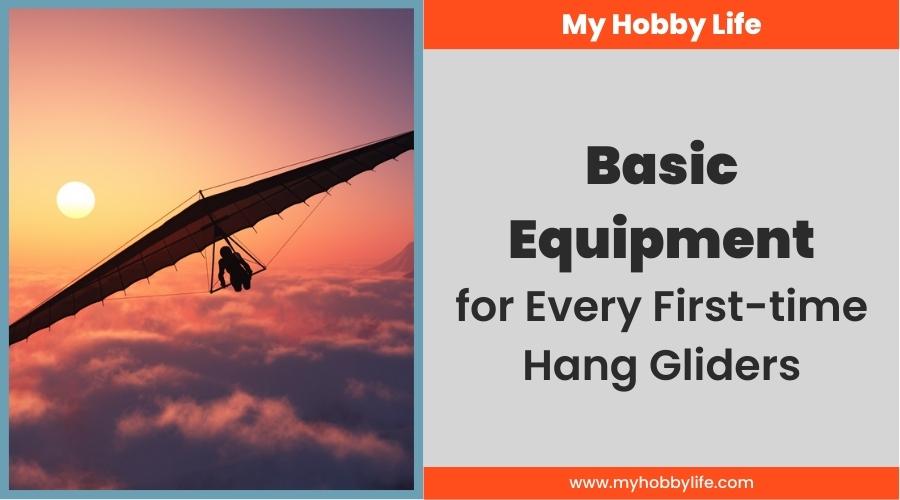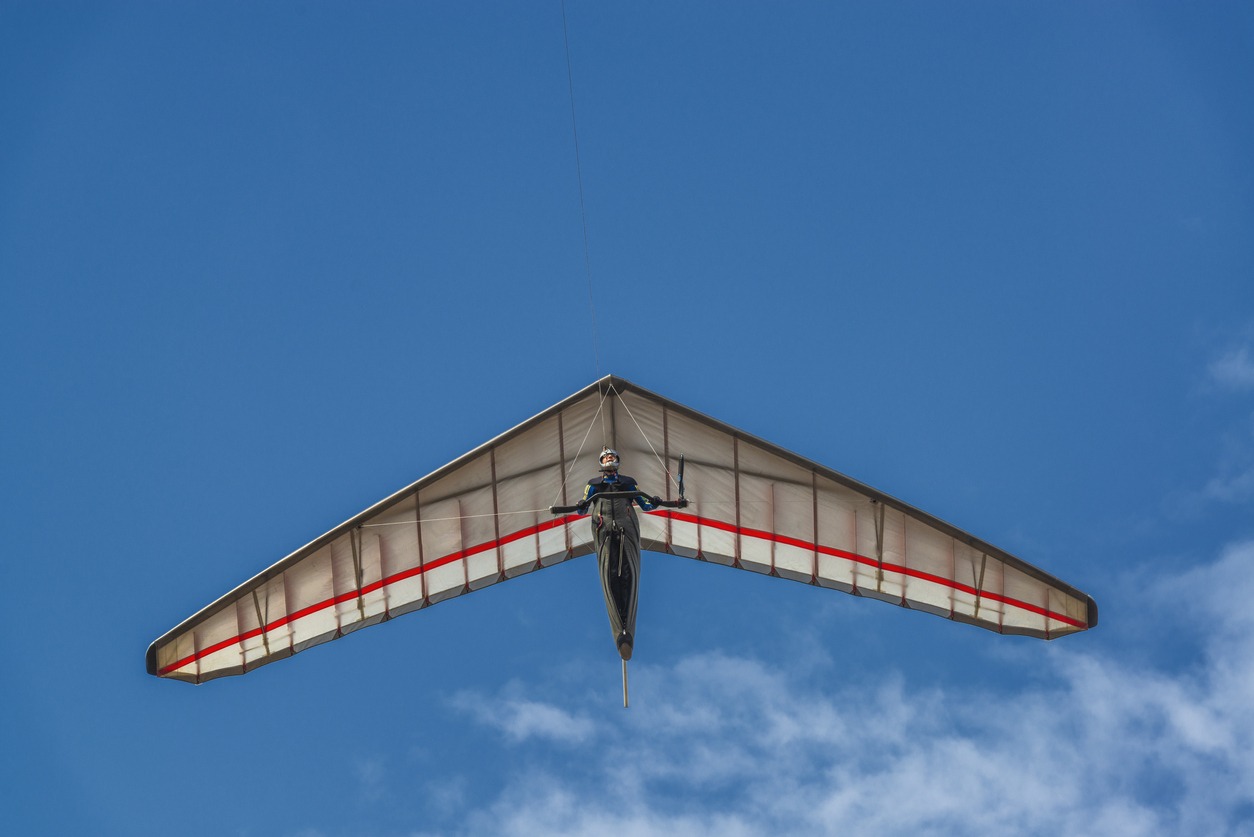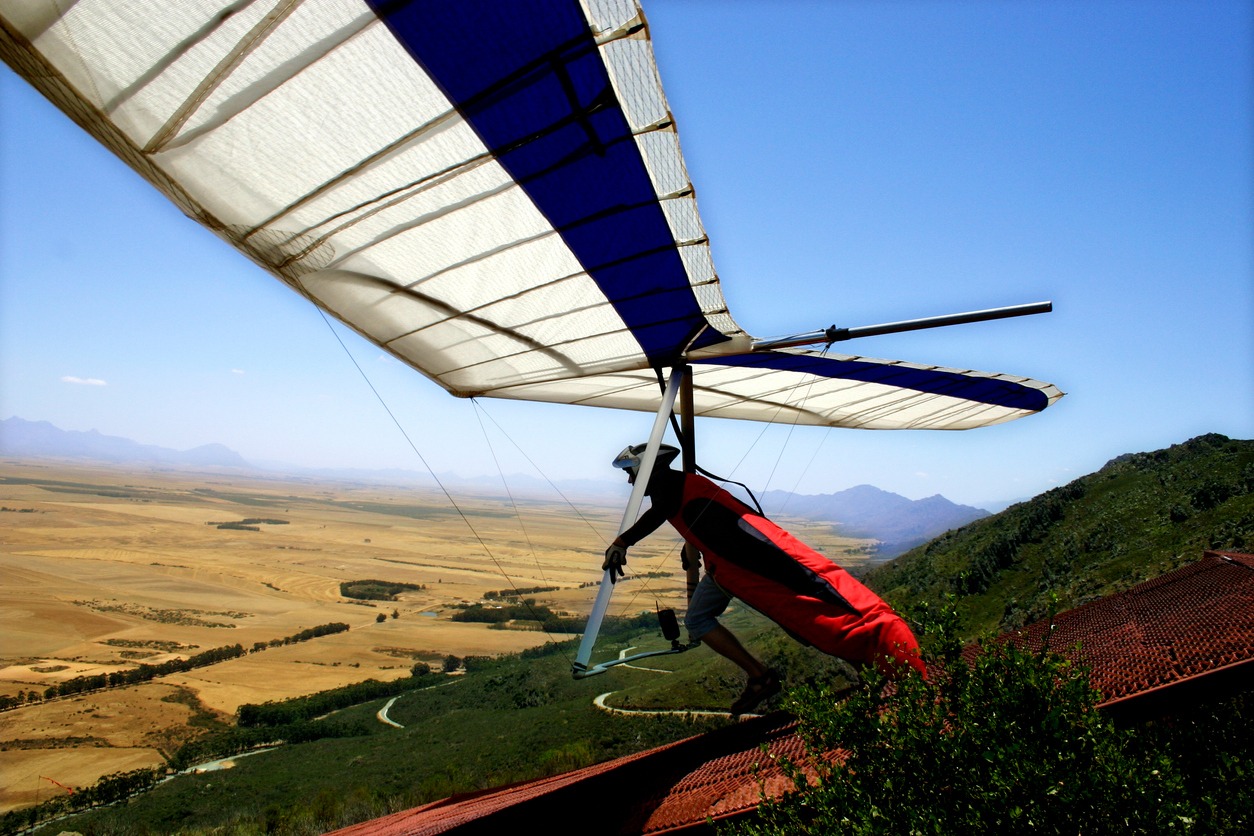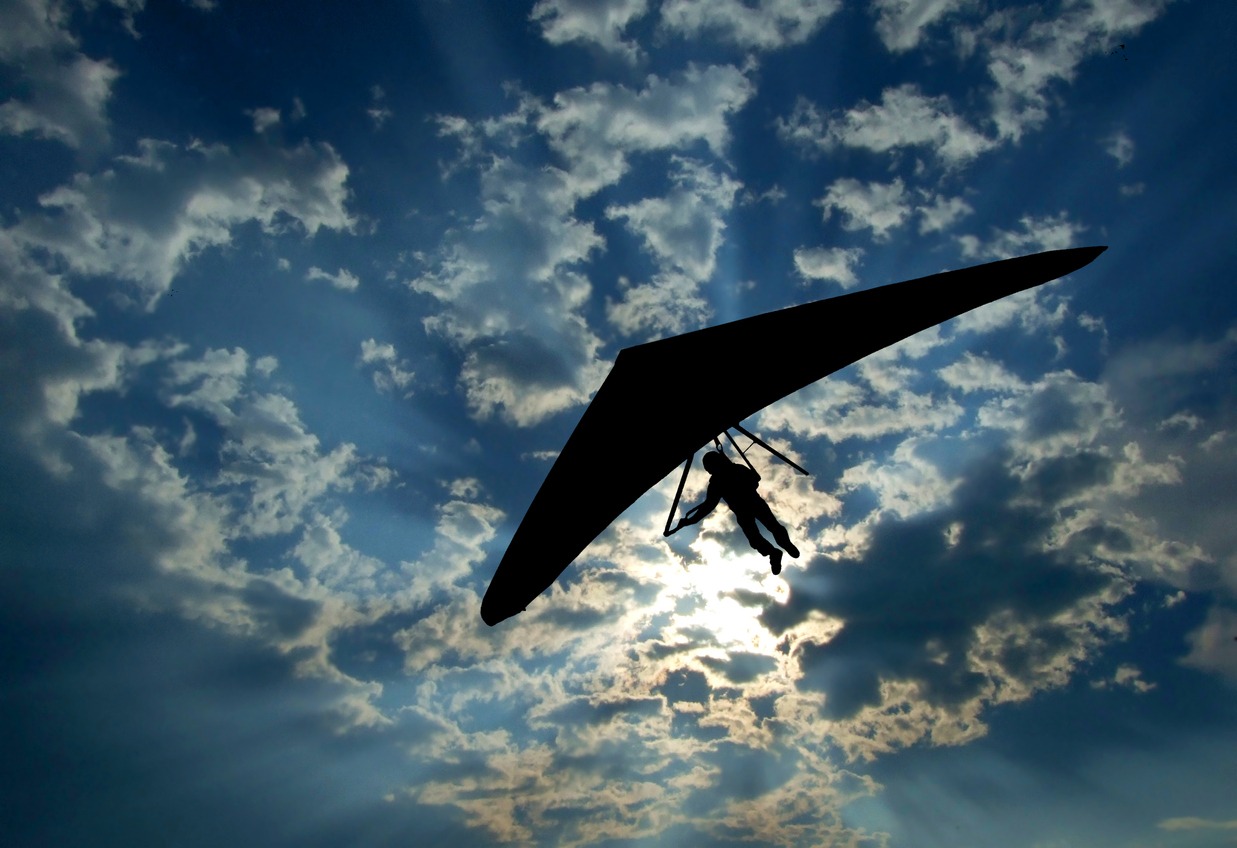Hang gliding is an extreme aerial activity in which a pilot floats through the air in a motorless, ultralight glider. You can deploy a hang glider by a pilot sprinting with their craft before taking off from a hilltop or summit. It’s a fantastic outdoor sport that gives you the experience of flying.
Hang gliding is a sport involving a lot of gear for safety, functionality, and improving the entire hand gliding experience. It is a thrilling activity that, when done safely, can help you feel more mentally alert and alive after a long and exhausting week.
This activity needs modern equipment. Thus, you need to invest in new gear in good condition. If you see yourself as a first-timer, you need to follow your instructor’s advice regarding what equipment to buy. You can also check with your instructor whether he or she is into importing equipment, an agent, or a manufacturer so you can also have the best purchase from a supplier with a good reputation.
In an interview for Hang Gliding, veteran hang gliding instructor Ken de Russy maintained that “there isn’t any reason to get anything but brand new equipment.”
“If you’re absolutely poor and cannot afford it…well…that’s usually just an excuse. People say they can’t afford a thousand-dollar glider yet if you offered them a brand new Cadillac for a thousand dollars, they’d have a thousand dollars,” said Russy.
Following this advice, you do not have to settle for something less. Refrain from being tempted to go for inexpensive, cheap or second-hand equipment because this will reduce your performance. Worse, outdated equipment may endanger your life.
For beginners or intermediate pilots, they need a modern beginner or intermediate glider. While these equipment are more expensive, they are also safer, faster to rig, and lighter than used comp wings. Furthermore, you will not become a scary glider on a flight.
To fully enjoy and savor the experience, here is the list of essential equipment for every first-time hang glider.
Basic hang gliding equipment
The glider, harness, and helmet are by far the essential pieces of hang gliding equipment. Besides these, hang-gliding pilots will also be carrying a variety of instruments and emergency gear.
NOTE: Be sure to work with a professional before trying to hand glide on your own.
While hang gliding can be a thrilling and unforgettable experience, the cruising altitudes and speeds involved pose a significant risk of being injured. You can achieve safer flying and an excellent overall hang-gliding adventure with the proper gliding equipment.
1. Goggles
Like skiing and skydiving, hang gliding requires having goggles to protect one’s eyes from the fast velocity, wind, and glare. The use of goggles improves visibility by protecting the eyes from extremes.
When hang gliding, it’s also a good idea to avoid gazing straight into the sun. Therefore, goggles containing glare reduction, identical to sunglasses or ski goggles, are a brilliant idea.
2. Helmet
The primary purpose of a hang-gliding helmet is to protect the pilot’s head. Helmets are divided into two categories: open face and full face. Full-face helmets provide better protection and double-eye protection than open-face helmets. Before purchasing a hang gliding helmet, make sure that they are approved and certified as safe to use.
3. Harness
The harness is an essential component of hang gliding equipment for safety and performance. To secure the glider, they fasten the harness to the glider’s center of mass, just behind the control bar.
The harness holds the pilot to the glider while enabling them to maneuver around safely and freely. Harnesses come in a variety of forms and sorts. Some are even insulated for gliders who like high-altitude gliding.
4. Boots
To avoid weighing you down during flying, hang gliding footwear must be light and flexible. The boots must also have a good grip so that you wouldn’t slip and tumble while launching or during landing. Comfort is crucial, but don’t overlook the safety component of your boots.
5. Reserve Parachute
It is essential to have a reserve parachute when hanging gliding to protect the glider if something goes wrong. Reserve parachutes are very important for high-altitude flights. They are also a valuable tactic to minimize the risk of danger and injury when hang gliding.
The glider’s reserve parachutes should be light, easy to pack, open quickly, have a small capacity, and offer a stable landing. You may attach the reserve parachute to the hang glider’s harness.
Some other essential equipment for hang gliding
Aside from the equipment listed above, gliders also use certain instruments to measure several aspects of the flight, such as speed, altitude, and temperature.
Anemometer
When hang gliding, it is crucial to determine the speed and direction of the wind to achieve a safer and more enjoyable flying experience. Gliders use an anemometer to calculate wind speed and direction. It is beneficial for someone new to hang gliding or who has difficulty observing wind direction.
Gliders are generally good at determining which way the wind blows, but for those who aren’t, an anemometer would come in handy.
Altimeter
You can monitor the glider’s altitude using an altimeter. Knowing altitude allows the pilot to determine whether they are incredibly high or low and if they require ascending or descending.
There are two different kinds of altimeters: the pressure altimeter, which uses air pressure to determine the height, and the radio altimeter, which uses the time required for a radio wave signal to reflect off the surface and return to establish absolute altitude.
Variometer
Because it’s difficult for a pilot to tell whether they’re rising or falling while they’re up in the air, the variometer monitors air pressure to tell them which way they’re moving. Variometers come in a variety of shapes and sizes, but they all work on the same concept. They operate by continuously monitoring the air pressure, pausing a brief time, and then measuring the air pressure again.
Radio
Communicating with gliders and guides is crucial, especially when you are a first-time hang glider. Hang gliding pilots frequently utilize a radio to relay their whereabouts to other fliers or ground aids.
The glider’s helmet can be equipped with a radio or microphone, allowing rapid and easy communication.
GPS
The pilot can monitor an aerial course while analyzing the flight technique using a GPS. This instrument can also be beneficial for persons on the ground who want to keep track of the glider’s progress in the flight.
Haul-up chord
Using emergency parachutes in hang gliding can be challenging to change to an upright position after releasing an emergency parachute. A chord is a big help to connect the karabiner to a handle lightly attached to one shoulder of the harness, according to the experts at HG History.
Flying suit
You wear the flying suits over your normal clothing. The suits cover the entire pilot’s body. This is very essential to give comfort and insulation. Pick suits that have accessible zips and baggy designs.
Conclusion
Once elevated, a hang glider depends upon rising air masses to keep its position in the sky. With the help of modern equipment and technology, pilots can now have versatile and lighter materials. These help them to rise high above sea level, allowing them to float on pockets of air known as thermals. Thus, you need to get the proper training and above all, equipment for you to have the capability to glide across the sky and even do acrobatic maneuvers. Investing in the right and complete equipment before taking to the skies is crucial.



